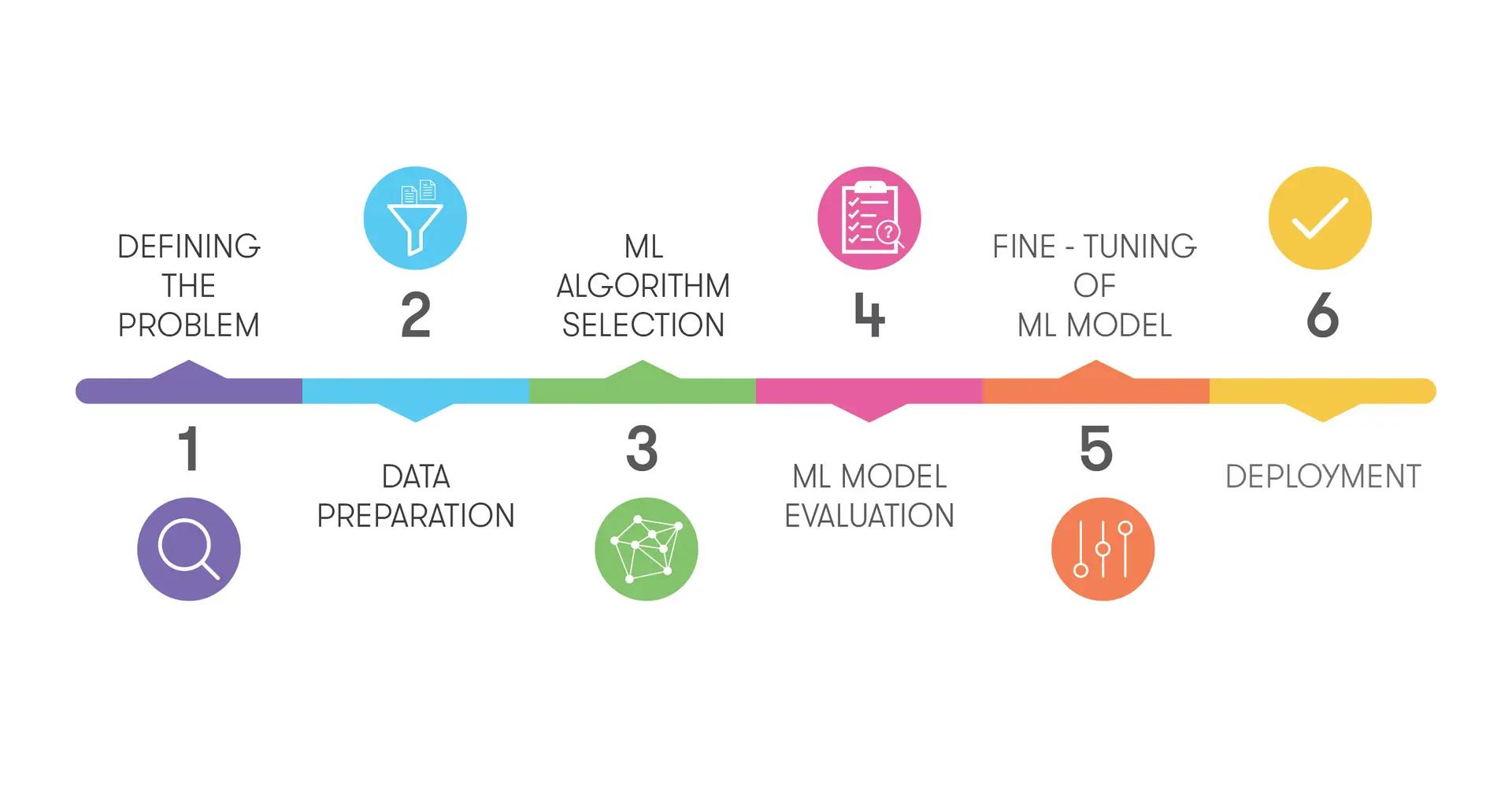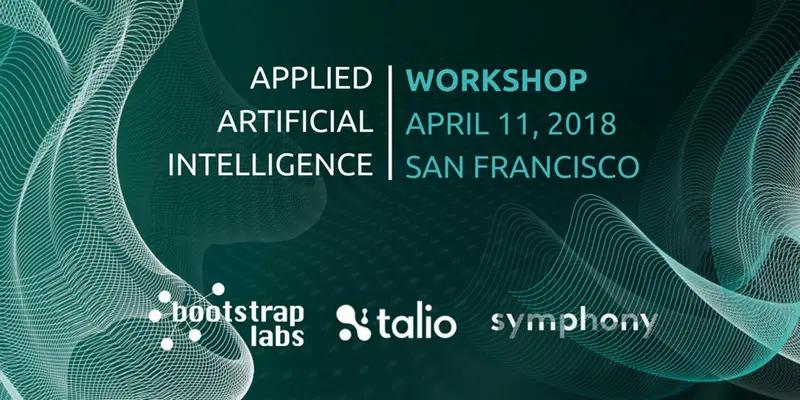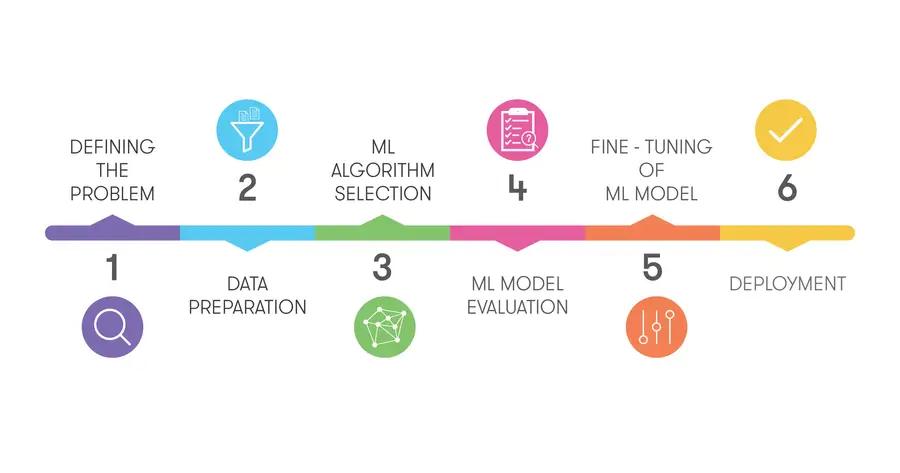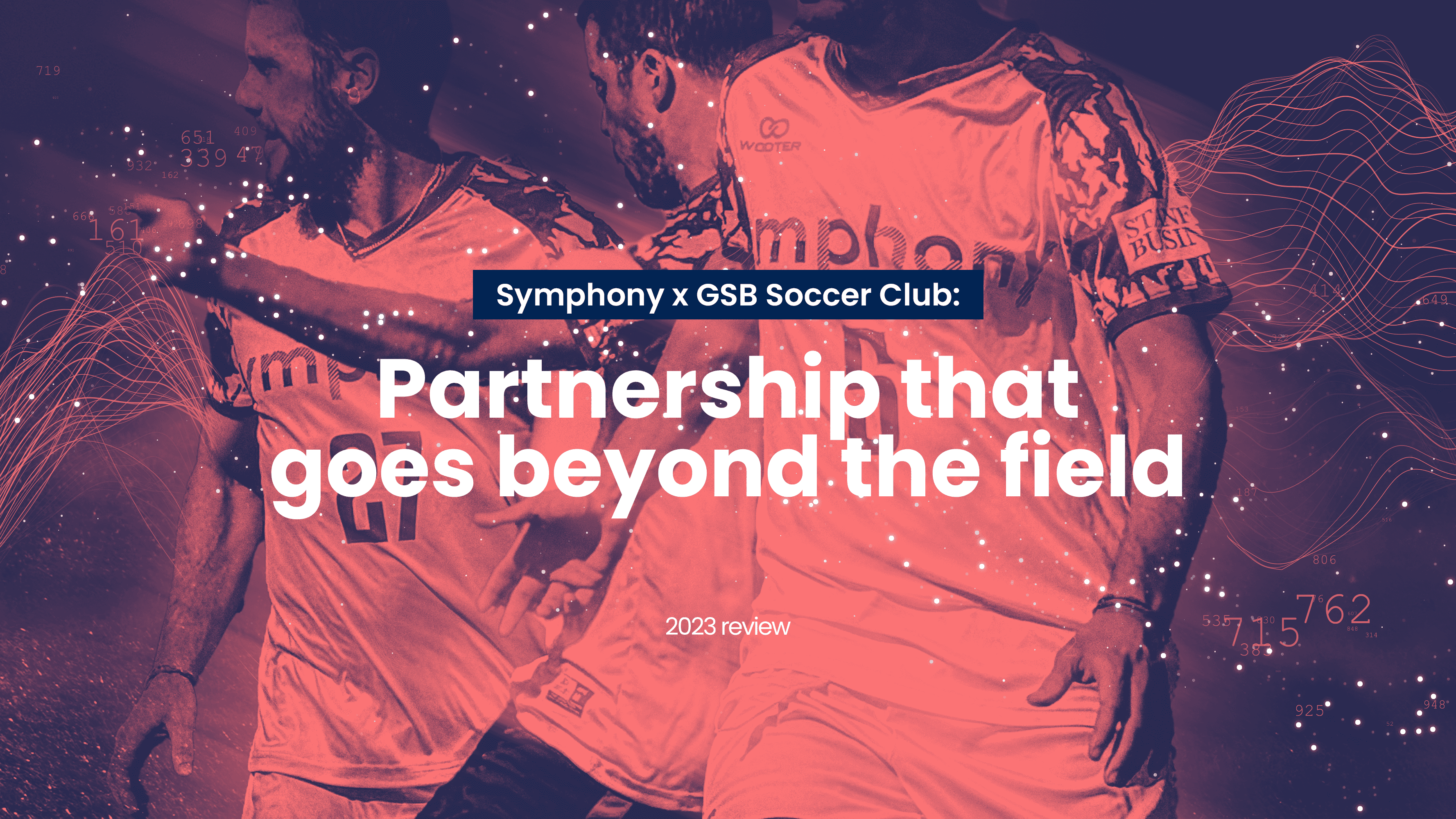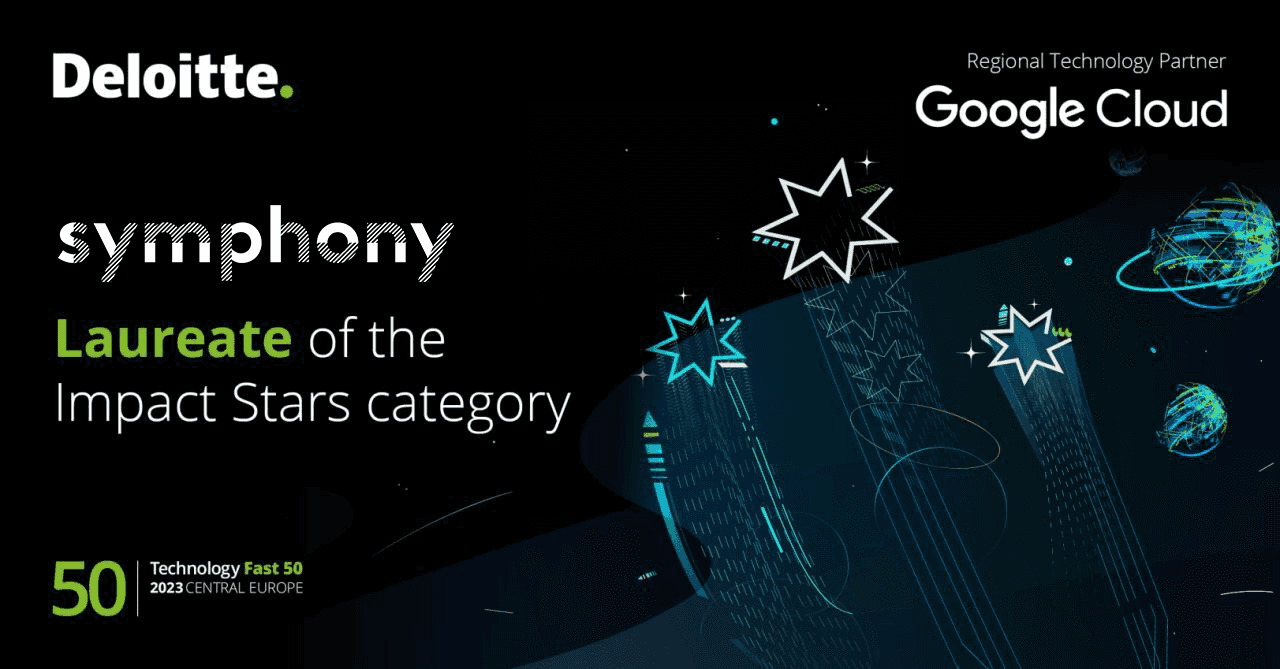BootstrapLabs, a leading venture capital firm focused on Applied Artificial Intelligence, organized the Applied AI Conference (AAI18) in San Francisco for the third year running. This year's topics revolved around the current and future impact of AI applications and their use across various sectors, including transportation, healthcare, finance, the future of work, and cybersecurity. Talio, a company that provides technical training and organizes educational events with the idea to grow and nurture the React Native community, hosted a satellite event the day before the AAI18 conference. In collaboration with Talio, BootstrapLabs, and Kerry Champion (a previous Symphony client), Symphony sent data scientists to hold the Applied Artificial Intelligence workshop that took place at The Battery on April 11.
Learning about Machine Learning
The workshop focused on providing an insight into the basic concepts of machine learning, machine learning within the context of AI, deep learning and big data basics, as well as the practical application of these concepts for a wide range of industries. Since those people who applied for the workshop came from different backgrounds and had various levels of machine learning knowledge, the workshop was split into two tracks: executive and technical. The executive track was for the attendees with non-technical roles, such as managers and executives, and the goal was to teach them the basics of machine learning and show its value in terms of business application. The technical track went into more detail and contained practical examples of machine learning model building.
Kerry Champion covered the business track. He first gave a general overview of machine learning, providing examples of companies that utilize it, and then spoke about the implementation of machine learning models in diverse industries. The main goal of the business track was to provide people who are less tech-savvy with an understanding of what machine learning is and how it could benefit their companies. The list of examples ranged from programs that beat humans at the world's hardest board game (it's not chess) to solutions that predict the most successful form of treatment for individual cancer patients.
Our colleague Edin Hamzic was in charge of the technical track, which consisted of two parts: Machine Learning 101 and Applied AI Exercise and Case Study.
The introductory presentation began with a short history of machine learning, including its origins, relation to artificial intelligence, and its rapid development over the last decade. Edin spoke about the three main reasons for the swift development of ML during the last decade: the availability of large amounts of data, improved ML algorithms, and increased computing power. He discussed certain aspects of subject matter related to the direction in which ML is developing, such as the position of ML and AI in the near future and adapting cloud services to meet the demands of ML. He gave several examples of the everyday use of ML within enterprises in order to demonstrate the broad scope for the application of ML and its enormous potential. Edin then went on to clarify some of the terms related to (and commonly confused with) machine learning, including ‘deep learning’ and ‘big data’. The chapter on the classification of ML algorithms covered different types of machine learning (supervised, unsupervised, semi-supervised, reinforced, and anomaly detection), the differences between these categories, and the common problem of underfitting or overfitting data. The last chapter comprised the practical part of the workshop: Learning by Example.
Part 2: Applied AI Exercise and Case Study
In the practical part, Edin used a dataset with information related to a bank's marketing campaign in order to build a machine learning model that could predict if a client would subscribe to a term deposit offered by the bank. By applying a machine learning model, the bank could save time and resources by directing the campaign at only those clients who were predicted to give a positive answer.
During the exercise, members of the audience learned how to build a machine learning model step by step from defining the problem to deploying the model once it has been fine-tuned.
Edin explained the six steps of ML model building in detail:
Defining the problemData preparationML algorithm selectionML model evaluationML model fine-tuningModel deployment
Sharing the Knowledge
After the lectures, Muamer Cisija (the co-founder of Symphony) gave a short presentation on our company and some of the projects we are currently working on that include the application of machine learning. Judging by the number of attendees and the success of the workshop, ML and AI are among the hottest topics in the tech world today and will most likely remain on top in the years to come. Our next step is to organize similar events at our hubs in the near future and to share this knowledge not just with data scientists but all machine learning enthusiasts.
Curious to know more? Stay tuned for a series of blog posts that will cover different aspects of Edin's lectures in greater depth. If there’s something in particular that you would like to learn more about then drop us a line at hello@symphony.is, we always look forward to hearing your suggestions!
Edin is a data scientist at Symphony, which is the only culture-driven technology house with fully integrated teams that work on augmented reality, biotechnology, machine learning, and more. Previously, Edin worked as a data analyst at a software company that produced innovative solutions for data visualization, mapping, and geospatial data. He has a Ph.D. in quantitative genomics from ParisTech and Aarhus University.
